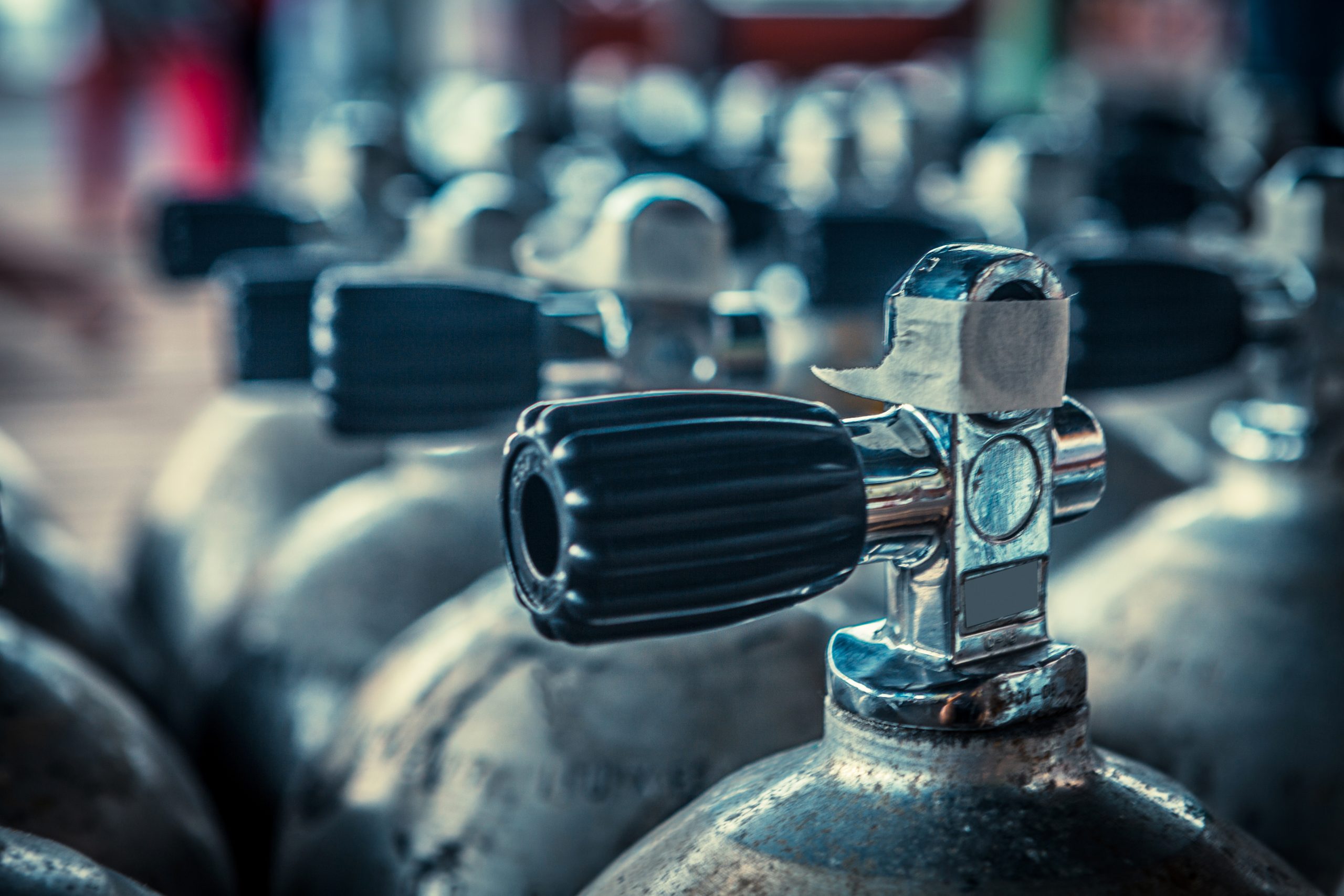What would be more net efficient?:
A single large tank or multiple smaller tanks of equal volume?
Let's exclude stop/ startup run time & other interuptions such as bleeding seperators, etc. Maybe using electrical use as an input & the net number of gun fills acquired from the tanks as the product.
Will the smaller tanks depressurize to a unusable point sooner thru use than the big tank?
A single large tank or multiple smaller tanks of equal volume?
Let's exclude stop/ startup run time & other interuptions such as bleeding seperators, etc. Maybe using electrical use as an input & the net number of gun fills acquired from the tanks as the product.
Will the smaller tanks depressurize to a unusable point sooner thru use than the big tank?

